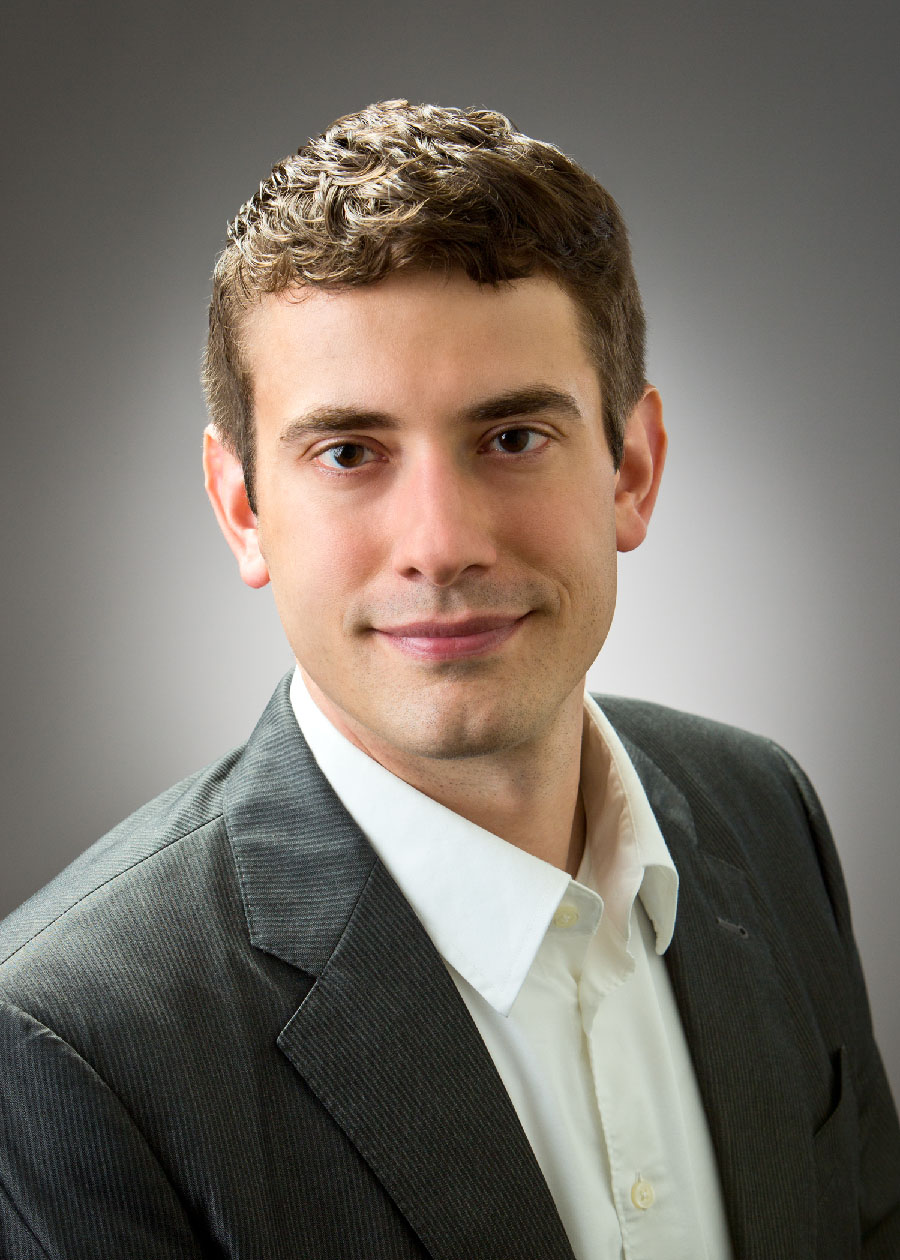Sweet Forces in Cellular and Immune Engineering
Matthew J. Paszek, Ph.D.
Associate Professor and Director of Postdoctoral Studies, Robert Fredrick Smith School of Chemical and Biomolecular Engineering, Cornell University
Friday, February 9th at 11:45 am
In-Person in SMBB 2650!
Dr. Matthew J Paszek is an Associate Professor and Director of Postdoctoral Studies in the Robert Frederick Smith School of Chemical and Biomolecular Engineering at Cornell University. The work of his group combines concepts and approaches in engineering, synthetic biology, and glycoscience to understand human disease and develop new biotechnology. This work has been recognized and supported by multiple awards, including the NIH New Innovator and NSF CAREER awards. Prior to Cornell, Dr. Paszek investigated the mechanobiology of cancer under the mentorship of Drs. Daniel Hammer and Valerie Weaver at the University of Pennsylvania, where he obtained his Ph.D. Dr. Paszek expanded on his graduate studies as a Postdoctoral fellow at the University of California, San Francisco, during which time he developed new methods for nanoscale cellular imaging and identified new biophysical mechanism underlying the regulation of cell-surface receptors in cancer.
Abstract: The glycocalyx is a densely crowded structure comprised of proteins and sugar structures called glycans on the mammalian cell surface. In this seminar, I will discuss how forces within the glycocalyx play a powerful role in regulating membrane morphology, cell-cell interactions, and cell-surface receptor signaling. Our research presents new opportunities to address unmet challenges in health and disease through glycocalyx engineering and therapeutic manipulation. To support these endeavors, our lab has advanced genetic and optical tools for editing and measurement of the glycocalyx scaffold. As one example, we have applied these tools to demonstrate how cancer cells can fortify their glycocalyx with biopolymers called mucins to defend against cytotoxic immune cells, including Natural Killer cells and T cells. These results raise the exciting possibility that outcomes with immunotherapy may be improved when combined with strategies that disrupt the protective mucin layer of cancer cells. For instance, we have shown that equipping immune cells with a capacity to degrade the glycocalyx can dramatically improve cell-mediated cytotoxicity against cancer cells. Our work implicates the cell surface glycocalyx as an adaptable biomaterial that can be engineered for broad applications in biotechnology.
